The Kenyan government and the United Nations High Commissioner for Refugees (UNHCR) have arrived at an acceptable repatriation plan for refugees in Dadaab and Kakuma.
After weeks of negotiations, President Uhuru Kenyatta on Thursday held a meeting with UN Refugee Agency’s High Commissioner Filippo Grandi where the two parties arrived at a roadmap providing three repatriation options for the refugees.
The options include; refugees departing to third countries under various arrangements, alternative stay options in Kenya for refugees from the East African Community (EAC) and lastly voluntary safe return of refugees to their home nations.
The roadmap is set to be implemented by UNHCR in collaboration with a team from the Kenyan government.
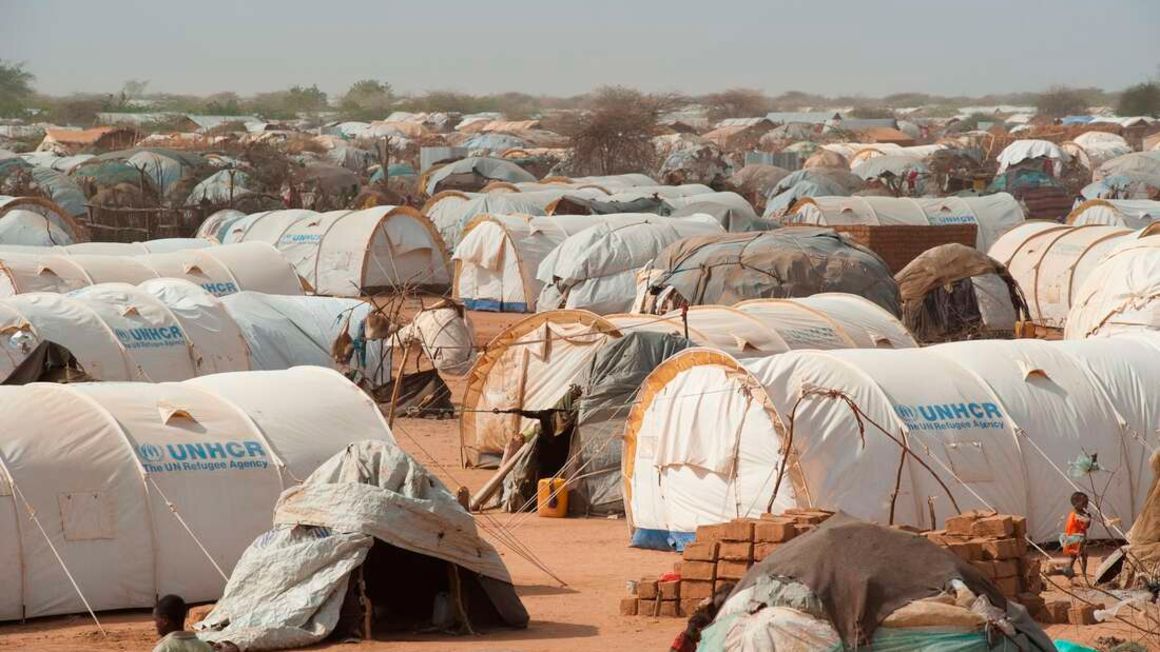
Read More
During the meeting, the Head of State assured UNHCR that Kenya is committed to ensuring that the refugees are handled in a humane manner and that a sustainable solution is found to address the refugee challenge in the country.
The first camp in Dadaab was established in 1991. Data from the United Nations indicates that as at March 31, 2019, the camp had 210,556 refugees most of whom were from Somalia.
On the other hand, Kakuma refugee camp was established in 1992 and is reported to have over 194,000 refugees.
The two camps are among the biggest in the world.
The Kenyan government wants the camps closed, arguing that they have been used by terrorists as a place of planning terror activities in the country.
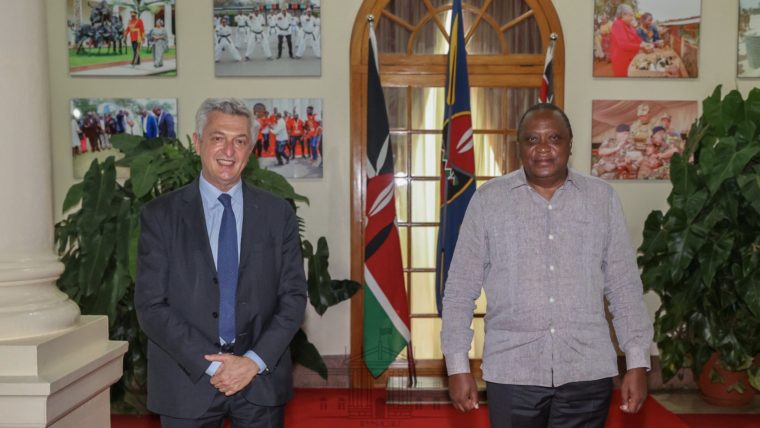
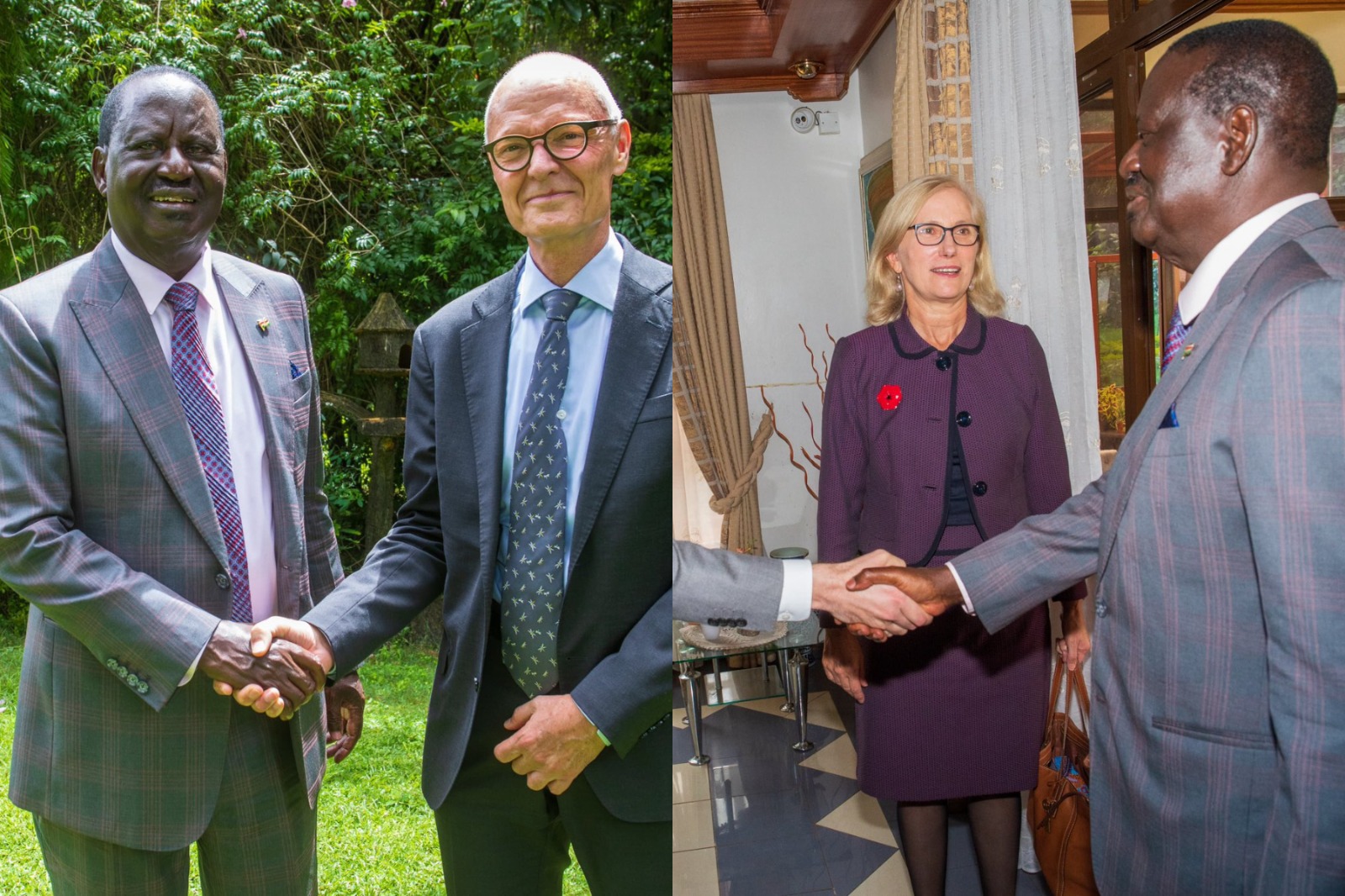
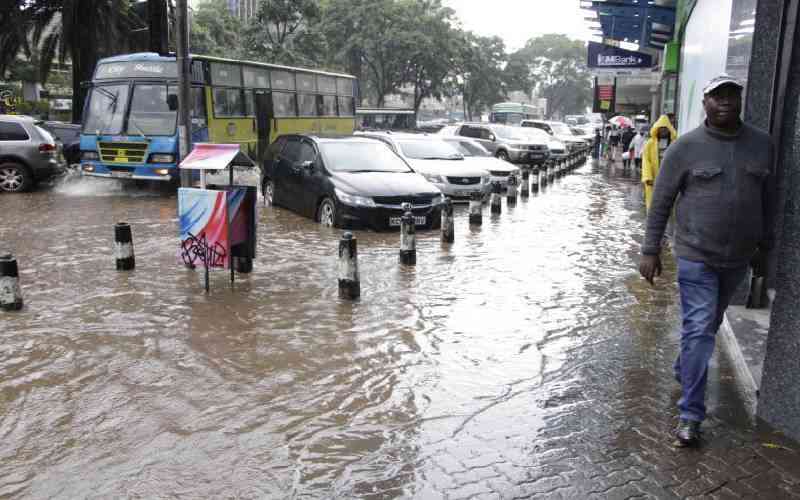
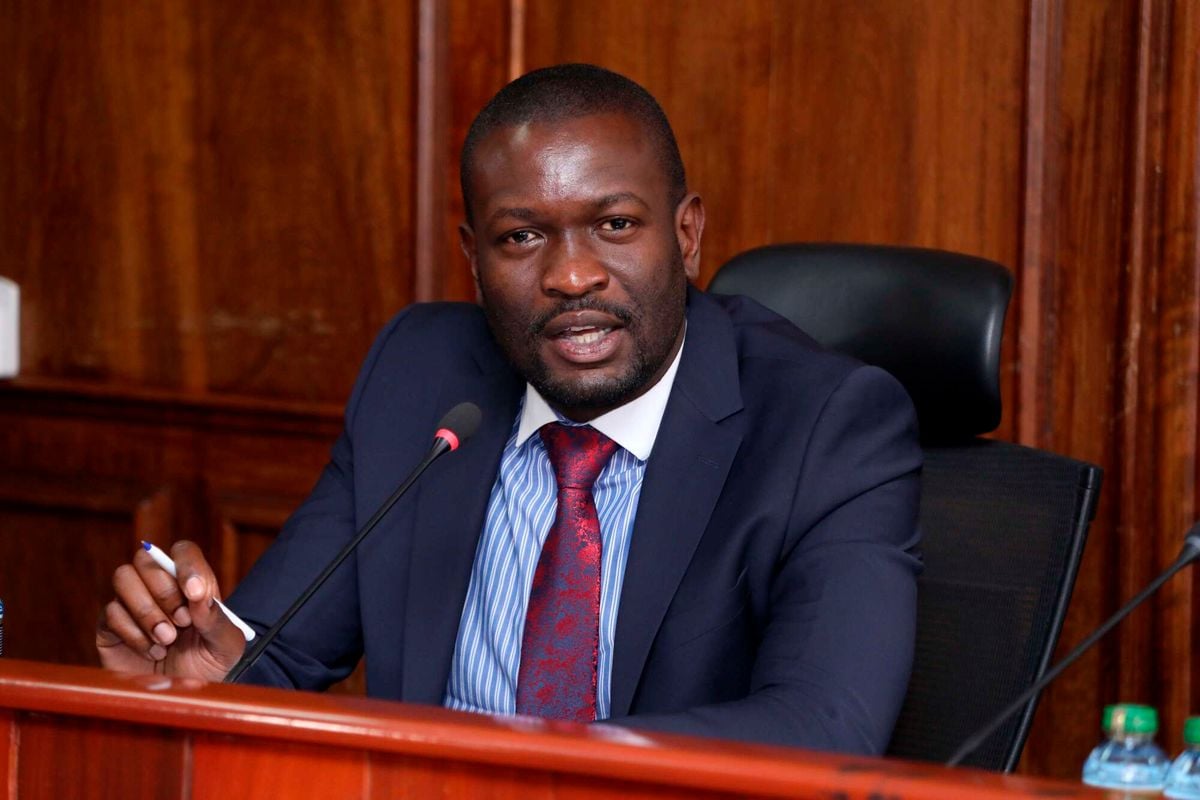
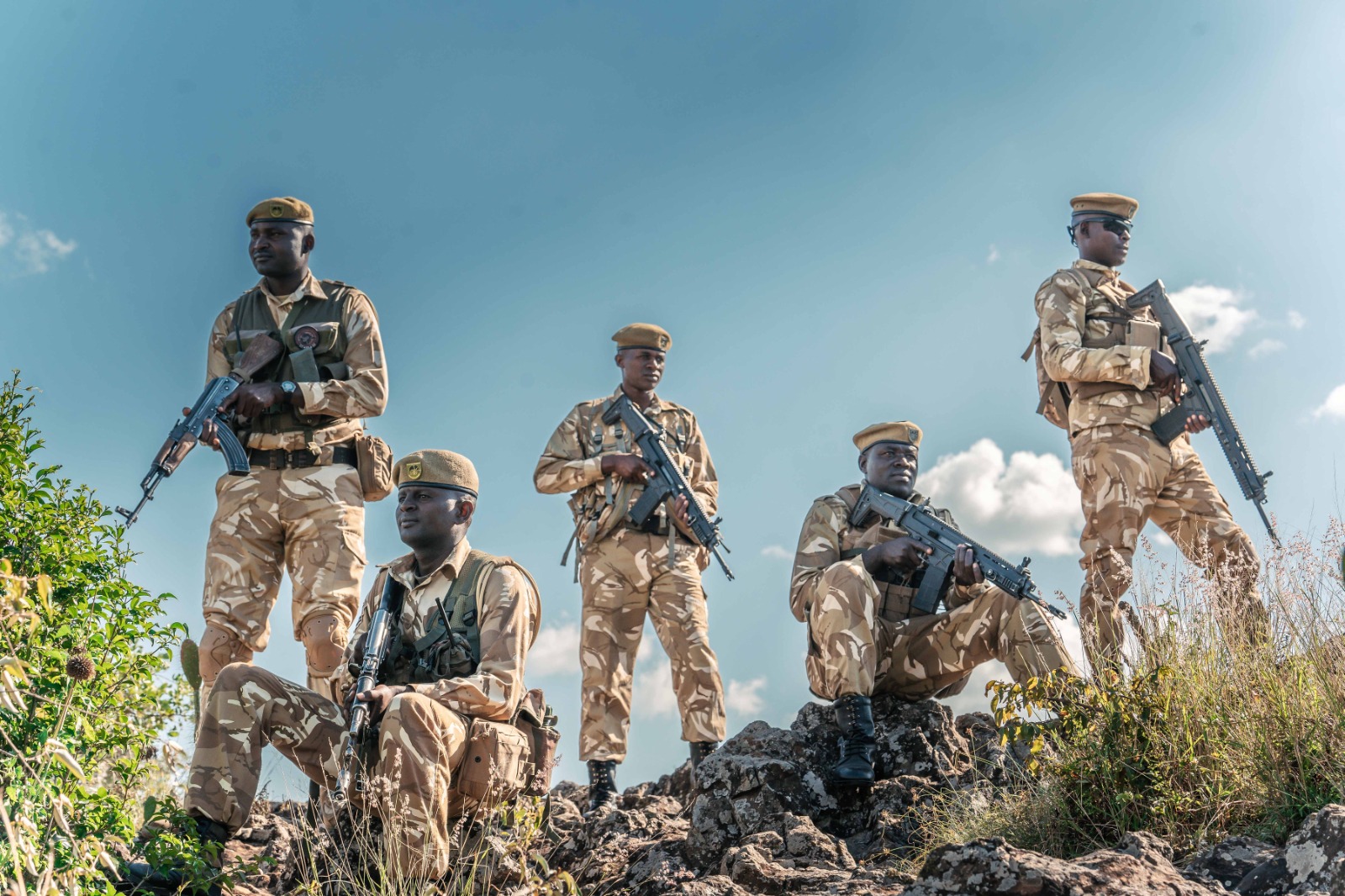
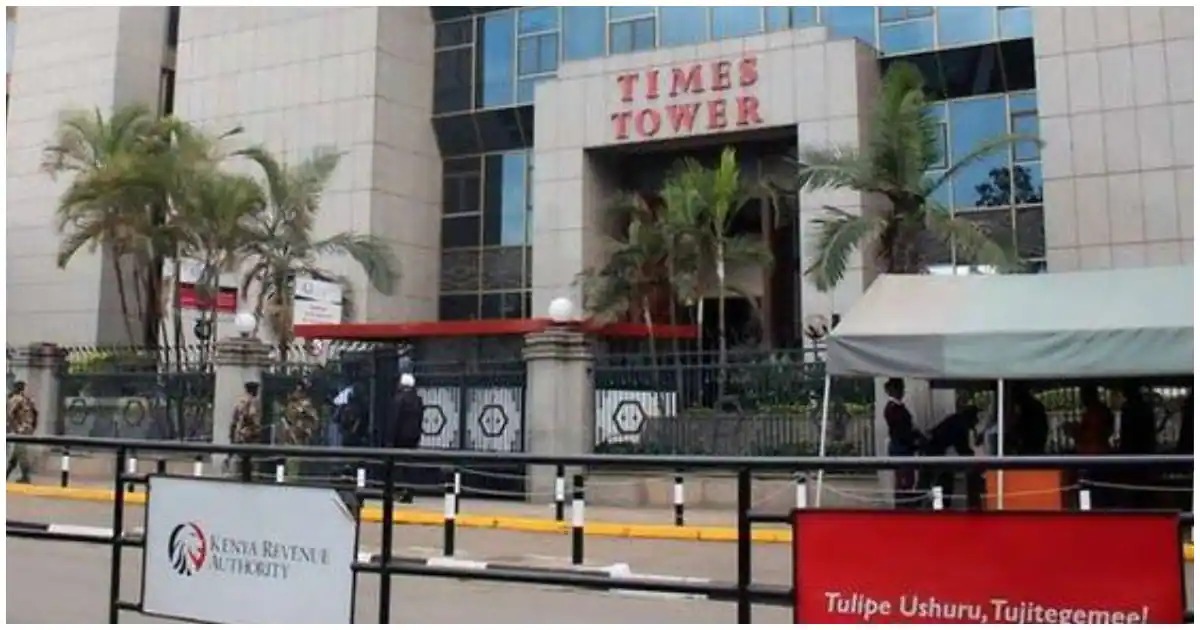
-1710390248.jpg)
